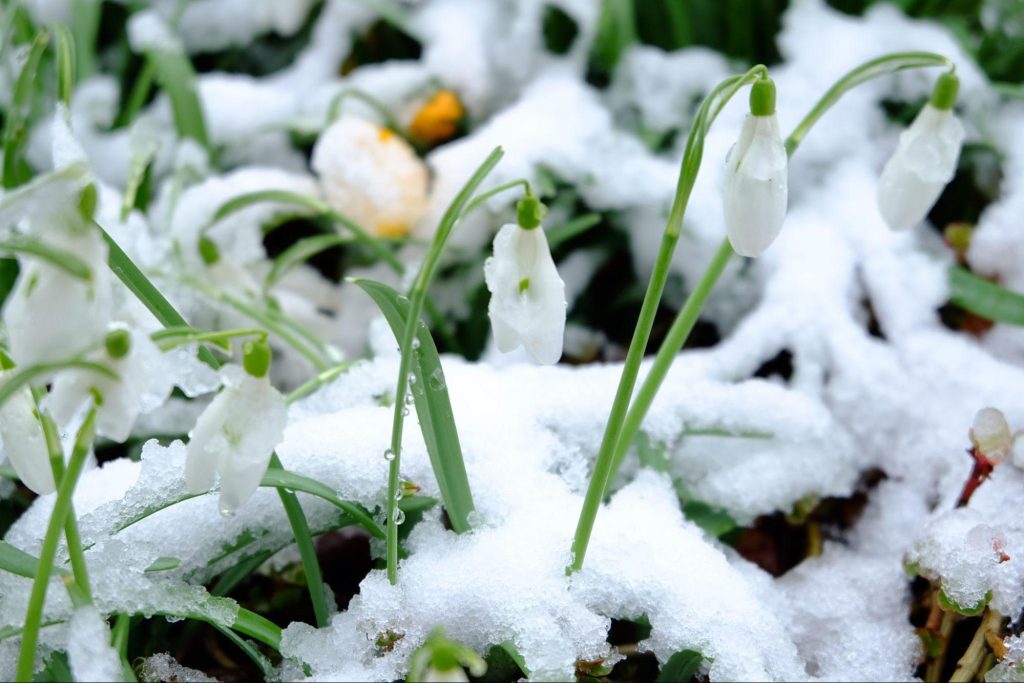
When embarking on Arctic cruises, travellers anticipate witnessing awe-inspiring landscapes, encountering incredible wildlife, and experiencing the Northern Lights. However, the Arctic also boasts an exceptional and resilient plant life that is vital to the ecosystem. In this blog post, we will delve deeper into the captivating world of Arctic flora, uncovering their adaptations, traditional uses, and indispensable role in the Arctic environment.
Arctic Flora: A Closer Look
- The Arctic region hosts over 1,700 plant species that have evolved to flourish in the challenging conditions of the far north, where temperatures can plummet to -40°C.
- Arctic flora includes flowering plants, mosses, lichens, and liverworts.
- Notable Arctic plant species encompass Arctic willow, purple saxifrage, Arctic poppy, and dwarf birch.
Adaptations: The Secrets to Arctic Plant Survival
- Small size and low growth form: By growing close to the ground, Arctic plants evade wind damage and benefit from slightly warmer temperatures near the soil.
- Dark-coloured leaves: Some Arctic plants have dark leaves, which absorb more sunlight and heat, aiding their survival in the cold.
- Rapid growth and reproduction: With a limited growing season, Arctic plants must grow and reproduce quickly to ensure survival.
- Perennial life cycle: Many Arctic plants are perennials, allowing them to survive through multiple seasons and conserve energy during harsh winters.
Traditional Uses: Arctic Flora in Indigenous Cultures
- For centuries, indigenous peoples have utilised Arctic plants for various purposes, such as food, medicine, clothing, and shelter materials.
- The Arctic willow, for instance, is an essential source of vitamin C and can be used to treat colds and scurvy.
- Lichens serve as a traditional dye for fabrics and a food source for reindeer and caribou.
- The dwarf birch is used for firewood and shelter construction by Arctic inhabitants.
The Role of Arctic Plants in the Ecosystem
- Arctic plants provide food and habitat for wildlife, helping to maintain the balance of the Arctic ecosystem.
- They prevent soil erosion and contribute to nutrient cycling, promoting healthy soil conditions.
- Arctic flora plays a role in carbon sequestration, helping to regulate the Earth’s climate.
Tips for Experiencing Arctic Flora on Your Arctic Adventure
- Plan your trip during the short Arctic summer (June to August) to witness the vibrant plant life.
- Visit national parks and nature reserves, offering excellent opportunities for viewing and learning about Arctic flora.
- Join guided tours with knowledgeable guides who can provide in-depth information about the plants you encounter.
- Respect the fragile Arctic environment by staying on designated paths and not picking plants or flowers.
Frequently Asked Questions
Q1: How do Arctic plants survive the cold and dark winters?
A: Many Arctic plants go dormant during winter, conserving energy until warmer months return.
Q2: Are there any plants that only grow in the Arctic?
A: Yes, several plant species are endemic to the Arctic region, such as the Arctic bellflower and the Arctic sandwort.
Q3: Can climate change affect Arctic flora?
A: Climate change poses a significant threat to Arctic flora. As temperatures rise, the delicate balance of the Arctic ecosystem may be disrupted, potentially leading to the loss of some plant species and altering the composition of plant communities.
Q4: Are there any conservation efforts in place to protect Arctic flora?
A: Various national parks, nature reserves, and conservation areas in the Arctic region aim to protect plant species and their habitats. Additionally, international organisations and agreements, such as the Arctic Council, work to promote conservation efforts and sustainable development in the Arctic.
Conclusion
Arctic flora is a captivating aspect of the Arctic environment that often goes unnoticed. These resilient plants have evolved and adapted to harsh conditions, providing food and shelter for wildlife while playing a crucial role in maintaining the delicate balance of the Arctic ecosystem. As you embark on your next Arctic adventure, take the time to appreciate and marvel at the incredible plant life that thrives in this unique environment. By understanding and respecting the importance of Arctic flora, we can help preserve the unique beauty of the Arctic for generations to come. So, the next time you venture on an Arctic cruise, take a moment to appreciate the unique and resilient Arctic flora that has withstood the test of time in one of the world’s harshest environments. Happy exploring!
